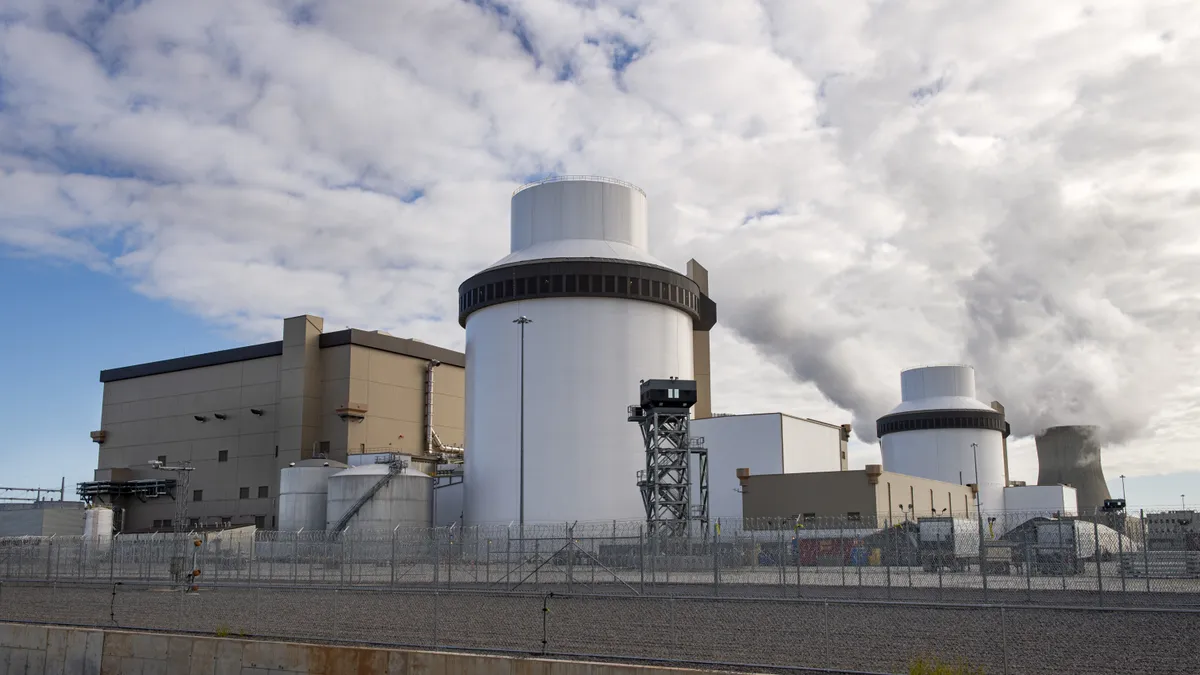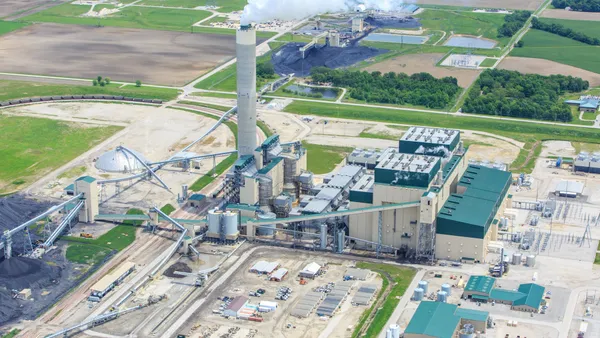Dive Brief:
- Microgrids can improve power system reliability, make isolated communities more resilient and ensure continued operation of critical infrastructure across large swaths of rural Colorado at risk of grid outages, state agencies said in a Jan. 2 road map.
- They also can reduce costs for utilities and customers by avoiding more expensive infrastructure upgrades and providing grid services, the Colorado Energy Office and Department of Local Affairs said in the Colorado Microgrid Roadmap.
- Hindering wider deployment are limited awareness of microgrids’ use cases and benefits, outstanding questions around ownership and interconnection standards and the need for “an approach that appropriately values the services that microgrids can provide,” the document states.
Dive Insight:
The Colorado General Assembly in 2022 directed the Colorado Energy Office and Department of Local Affairs to produce a comprehensive overview of the role microgrids could play in a more resilient and reliable electricity grid.
The directive followed a 2021 wildfire in Denver’s northern suburbs that disrupted Xcel Energy’s natural gas supplies, prompting rolling power shutoffs that affected at least one hospital hundreds of miles away. Weather- and wildfire-related outages have continued across the state, including a preemptive shutoff in April 2024 that affected 150,000 Xcel Energy customers in nine counties.
The road map identifies communities at higher risk of power outages or grid disruptions due to a lack of redundant transmission or distribution lines and an expected increase in future extreme weather events and those that would suffer more significant consequences from a power outage.
Much of rural Colorado, including the state’s southeastern, southwestern and northwestern quadrants, the central mountain region, and the isolated San Luis Valley in south-central Colorado, faces elevated risks. Colorado’s urban centers could also benefit from microgrids “when considering and valuing the day-to-day reliability benefits of microgrids in addition to their resilience benefits,” the road map states.
“It’s vital that local governments, utilities and community institutions … enhance their critical infrastructure’s energy resilience against increasing demand on the grid, and more frequent and severe impacts of natural hazards,” Department of Local Affairs Executive Director Maria De Cambra said in a statement.
Colorado has more than a dozen microgrids in operation that enhance reliability for utility customers by providing local backup power, operating close to loads and thus “downstream” of system outages, and being able to operate in isolation from the regional grid as needed, it says.
Microgrids can also reduce the grid’s greenhouse gas emissions intensity by enabling higher levels of renewable generation and energy storage, and they can reduce system costs by serving as “non-wires alternatives” to transmission or distribution grid upgrades or as virtual power plants that add capacity and flexibility to the system, the road map says.
To spur microgrid adoption, the road map recommends that the state:
- Improve outreach to utility customers and communities about their potential benefits.
- Develop a “taxonomy” for microgrids to help make their use cases and pathways to implementation clearer to potential users.
- Use a “community-informed approach” to identify and prioritize buildings and infrastructure microgrids will support.
- Develop tariffs that compensate microgrids for grid services, which the road map notes some states are already doing.;
- Analyze distribution feeder lines to identify areas that could benefit most from microgrids.
- Clarify outstanding ownership and public right-of-way access issues holding back microgrid deployment, and
- Update microgrid interconnection standards, possibly through adoption of IEEE standard 1547-2018, which several states have already adopted.














